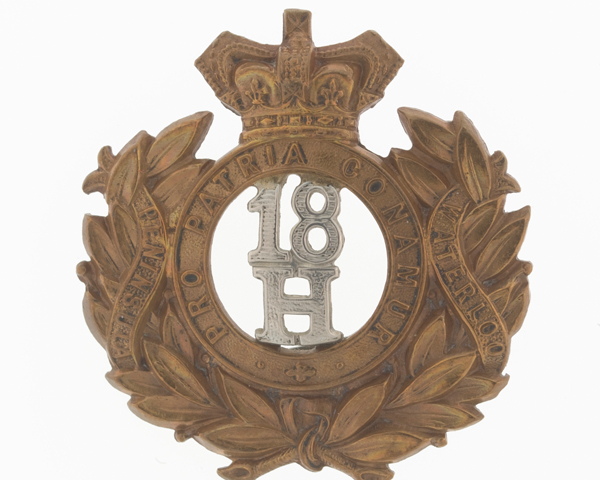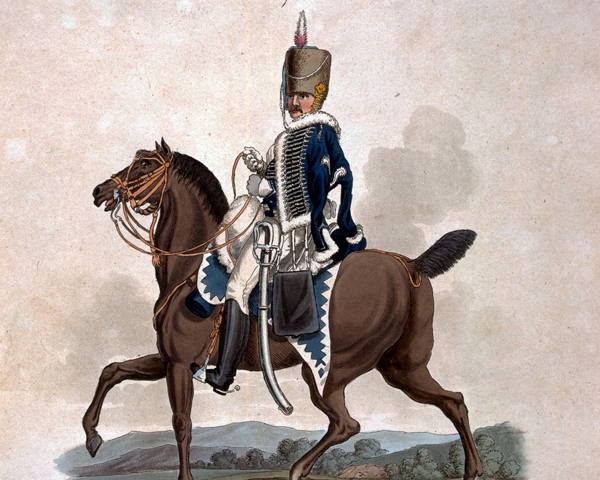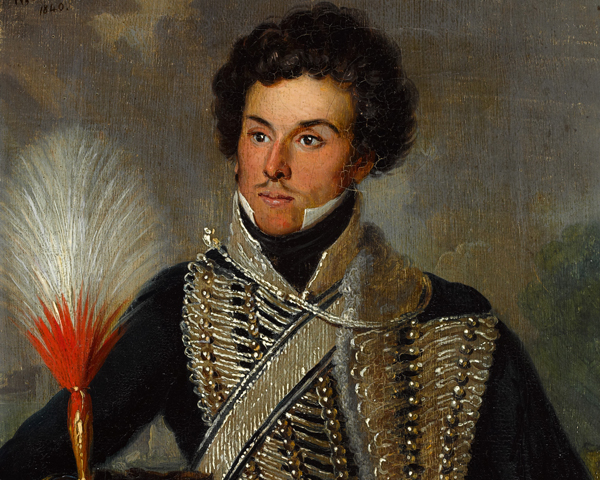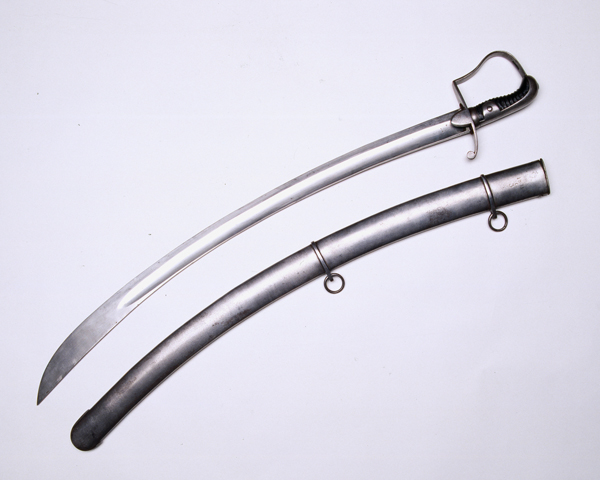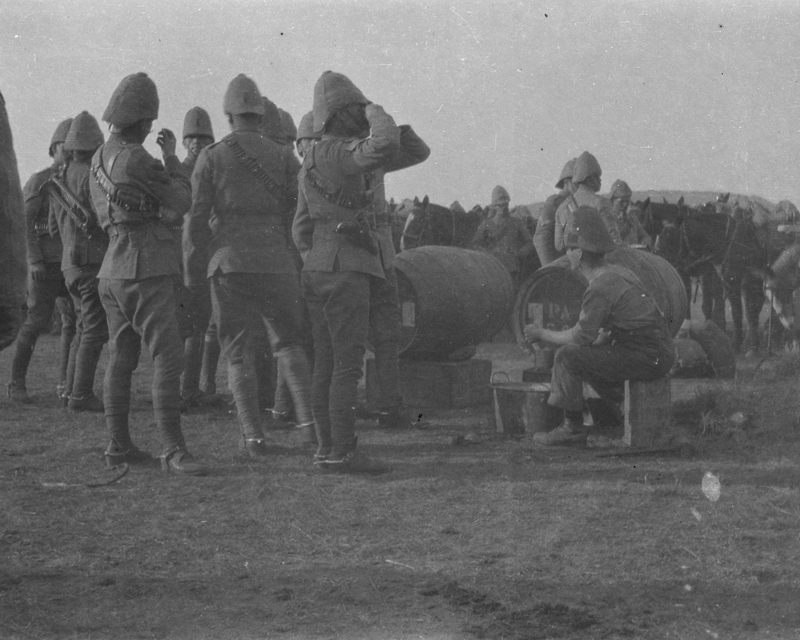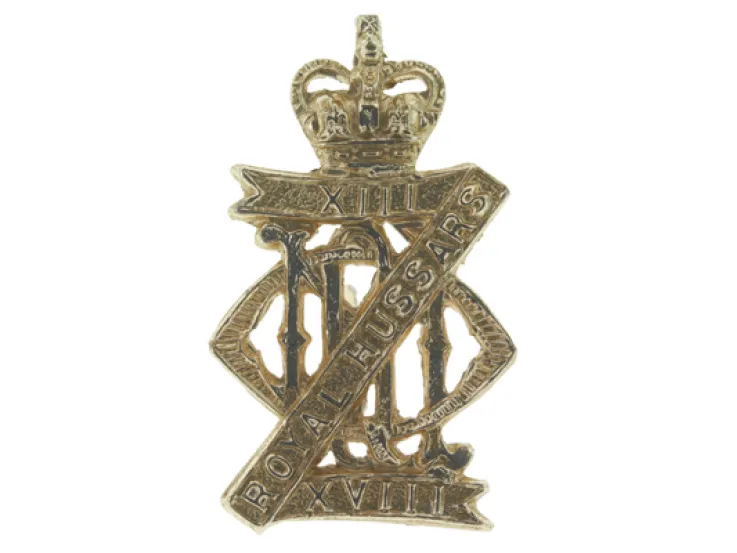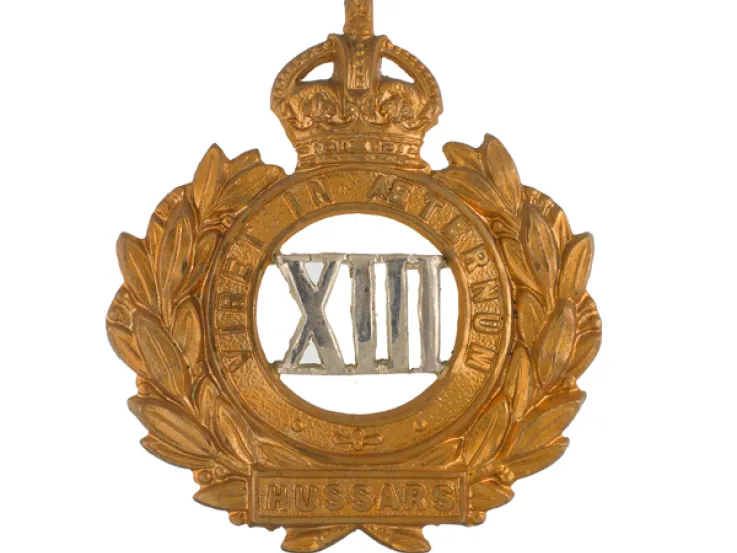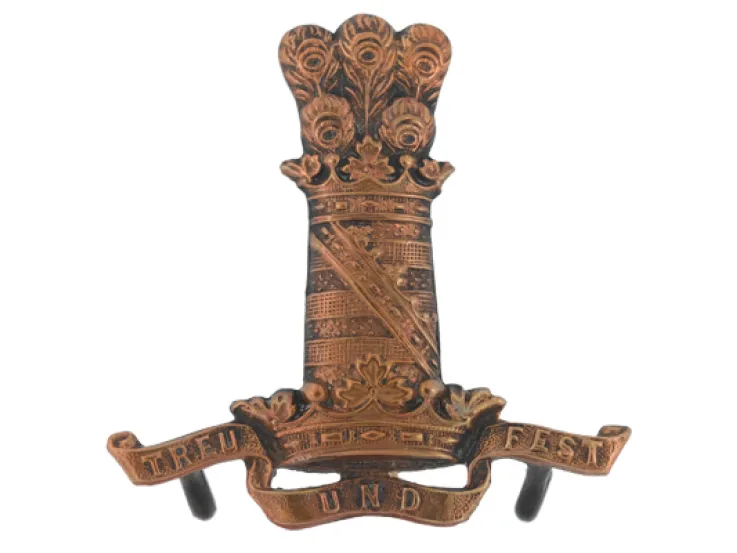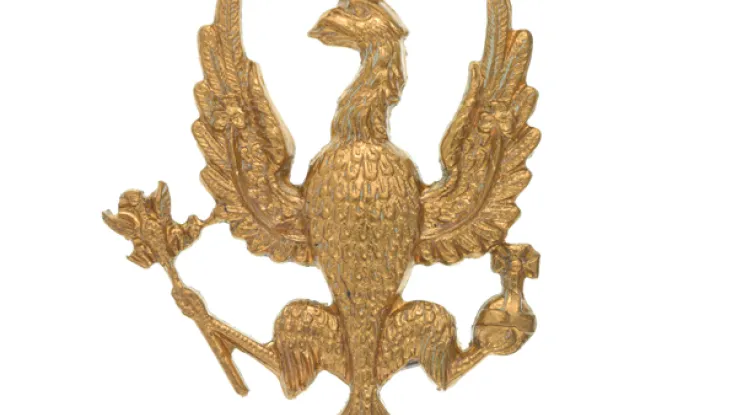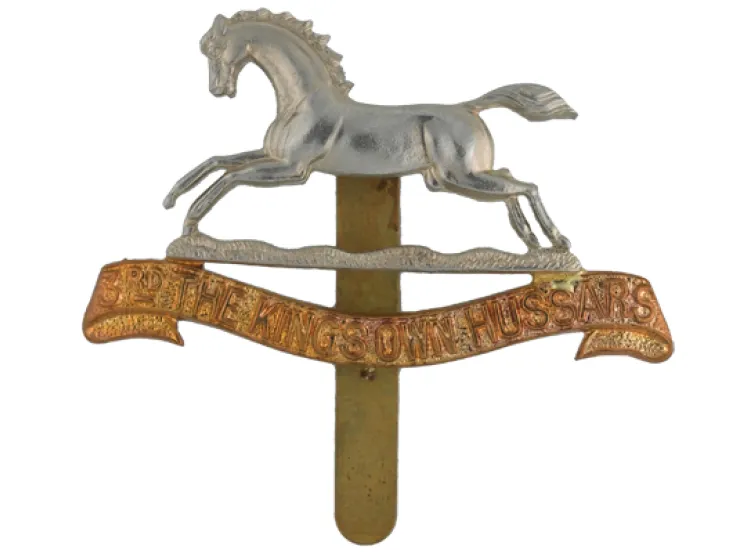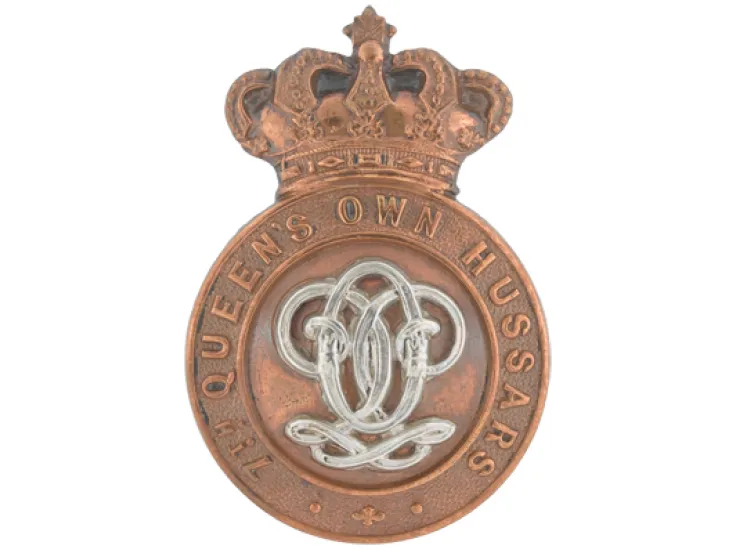Origins
In 1759, a unit known as the 19th Regiment of Light Dragoons was raised in Ireland. It was renumbered as the 18th in 1763 and the 4th in 1766, before permanently reverting to the 18th in 1769. It spent its first three decades garrisoning Ireland.
French wars
During the French Revolutionary Wars (1793-1802), it served in Santo Domingo (1796-97) and then in the Helder Expedition to Holland, fighting at Bergen (1799).
In 1805, it was retitled the 18th (King's Irish) Regiment of (Light) Dragoons in honour of King George III. It was redesignated as a hussar regiment in 1807.
During the Peninsular War (1808-14), it fought at Sahagun (1808), Benavente (1808), Corunna (1809), Burgos (1812), Morales (1813), Vitoria (1813), Sorauren (1813), Orthes (1814) and Toulouse (1814).
The following year, it charged at Waterloo (1815) before joining the Army of Occupation. Then, in 1821, the regiment was disbanded.
New unit
Another 18th regiment of line cavalry was formed in 1858, using troops from the 15th Hussars and taking the disbanded 18th Light Dragoons as its ancestor regiment. This new unit was redesignated as hussars in 1861.
It undertook garrison duties in Ireland, England and India, but fought in the 1895 Chitral Expedition. It then served in South Africa for most of the Boer War (1899-1902), taking part in the Siege of Ladysmith (1900).
In 1903, it was named the 18th (Princess of Wales's Own) Hussars after Princess Mary, and then the 18th (Queen Mary's Own) Hussars in 1910 to mark her coronation as Queen Consort.
World War
The regiment served on the Western Front with the 1st Cavalry Division from August 1914 until the Armistice in 1918. It fought in both a mounted and dismounted role, winning many battle honours, including Mons, Le Cateau, the Marne and First Ypres in 1914, Second Ypres in 1915, the Somme in 1916, Arras and Cambrai in 1917, and Amiens and Albert in 1918.
Legacy
It underwent its final name change in 1921, becoming the 18th Royal Hussars (Queen Mary's Own). A year later, it was merged with the 13th Hussars to form the 13th/18th Royal Hussars (Queen Mary's Own).
Regimental museums
The National Army Museum works with a network of Regimental and Corps Museums across the UK to help preserve and share the history and traditions of the Army and its soldiers.
Discover more about the 18th Royal Hussars (Queen Mary’s Own) by visiting the Discovery Museum in Newcastle.


